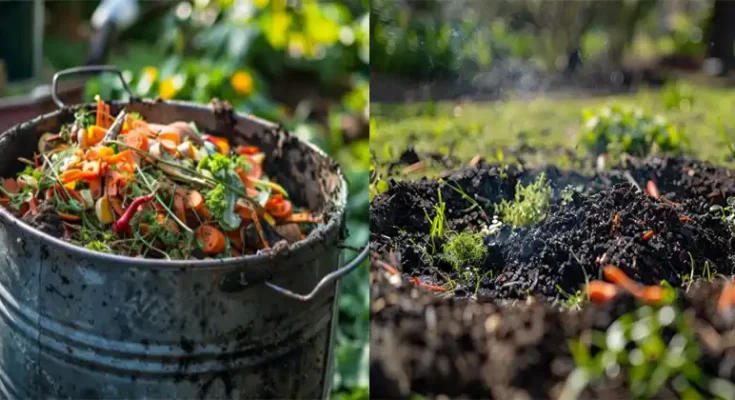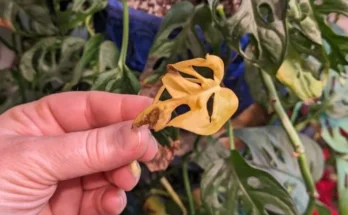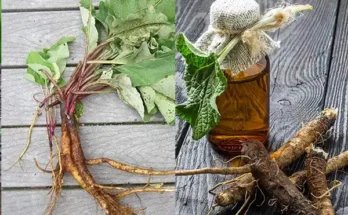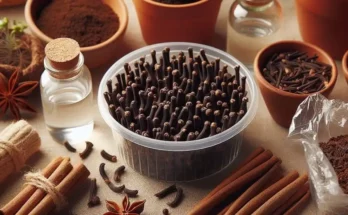Composting is an essential practice for any gardener looking to enrich their soil with nutrients, improve water retention, and overall, boost the health of their garden. Regardless of your living situation or gardening experience, composting is a practical way to recycle kitchen scraps, yard waste, and other organic materials into valuable compost for your garden. Let’s explore the what, why, and how of composting, including a variety of methods that cater to everyone’s needs.
What is Composting and Why Do It?
At its core, composting is the process of recycling organic material into rich soil amendment, known as compost. This natural process involves the breakdown of organic matter by microorganisms, insects, and worms, converting it into a nutrient-rich substance that benefits the garden in numerous ways. Compost enriches the soil, promotes soil microbes that aid plant growth, and helps retain moisture. It’s an effective way to enhance the quality of your soil, whether it’s sandy, clay, or anything in between.
Six Composting Methods for Every Gardener
1. Hot Composting: The Classic Approach
Hot composting is a traditional method where organic matter is piled up and allowed to decompose at high temperatures. This method is fast and efficient, but requires a bit of effort to maintain the right conditions (moisture, oxygen, and carbon to nitrogen ratio). It’s ideal for gardeners who have the space and are willing to invest time in turning the pile and monitoring its progress.
2. Cold Composting: The Easygoing Method
For those who prefer a more laid-back approach, cold composting is the way to go. Simply pile up your garden and kitchen waste and let nature do its work. This method takes longer and might attract pests, but it’s an effortless way to recycle waste into compost.
3. Compost Tumblers: Convenient and Quick
Compost tumblers are designed to make composting simpler and faster by facilitating easy turning and aeration of the compost material. These containers are great for small spaces and can speed up the composting process, though they might require some maintenance and can be a bit of an investment.
4. Vermicomposting: The Worm-Powered Method
Vermicomposting uses red wiggler worms to break down organic waste into high-quality compost, known as worm castings. This method is efficient, space-friendly, and produces nutrient-rich compost. It’s fascinating to watch and relatively easy to maintain, making it a favorite among urban gardeners and those interested in a more interactive composting experience.
5. Bokashi Composting: The Anaerobic Alternative
Bokashi composting is unique because it ferments organic waste in an anaerobic environment, allowing you to compost materials that are typically not recommended for traditional composting, like meat and dairy. This method is quick, odorless, and suitable for small spaces, including apartments.
6. Direct Burial: The Ultimate Lazy Method
Perhaps the simplest method of all, direct burial involves digging a hole and burying organic waste directly in the garden. This method is straightforward and requires minimal effort, though it’s slow and may attract pests.
Apartment Composting: No Outdoor Space, No Problem
For apartment dwellers or those with limited outdoor space, countertop compost bins are a fantastic solution for collecting kitchen scraps without the mess or smell. These bins are convenient, stylish, and make it easy to transport scraps to a local composting facility or community garden.
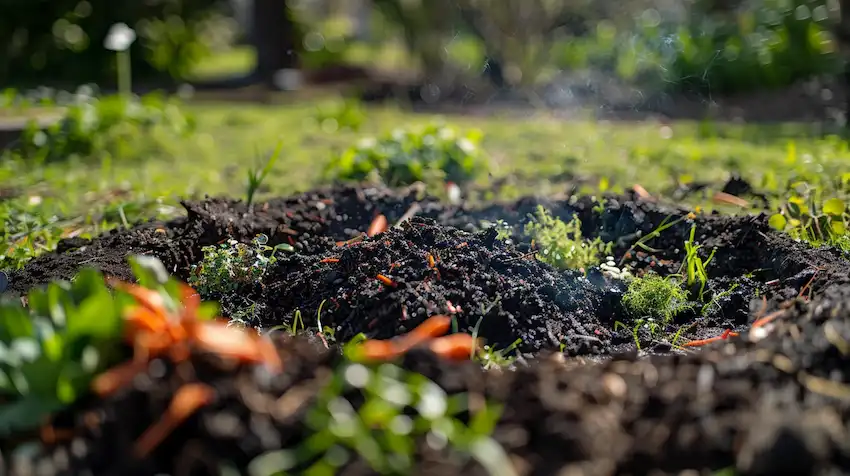
Composting is a rewarding practice that turns waste into treasure, benefiting both your garden and the environment. Whether you choose hot composting, vermicomposting, Bokashi, or any other method, the key is to start somewhere and find what works best for you. Not only does composting reduce waste, but it also transforms your gardening practices, leading to healthier plants and more bountiful harvests. So why wait? Dive into the world of composting and watch your garden thrive.
